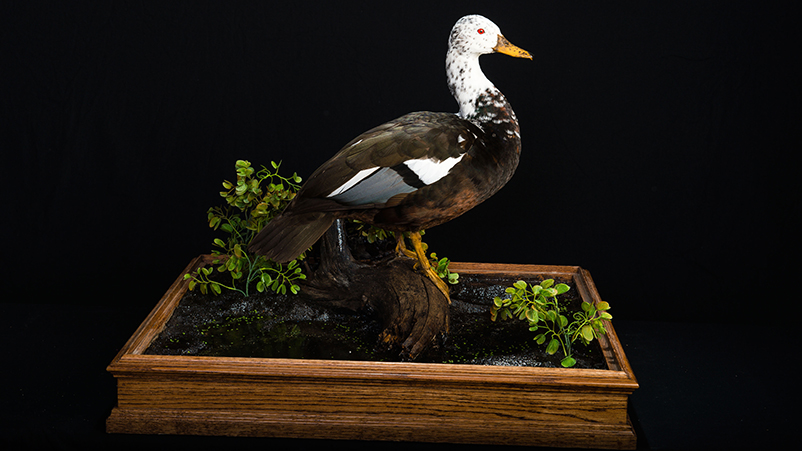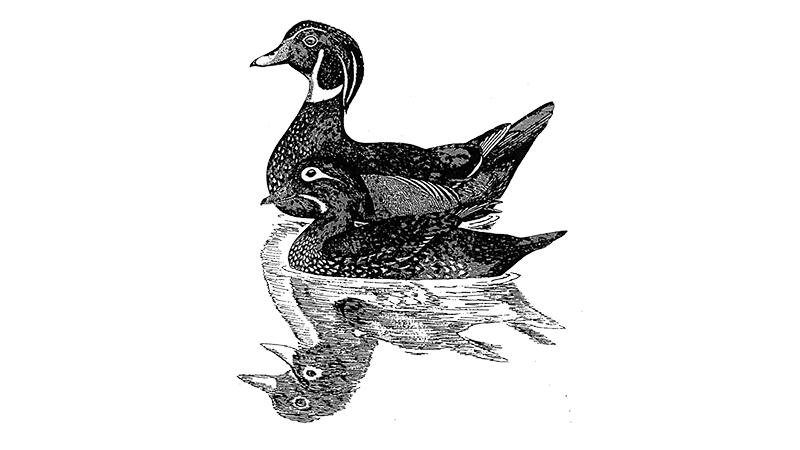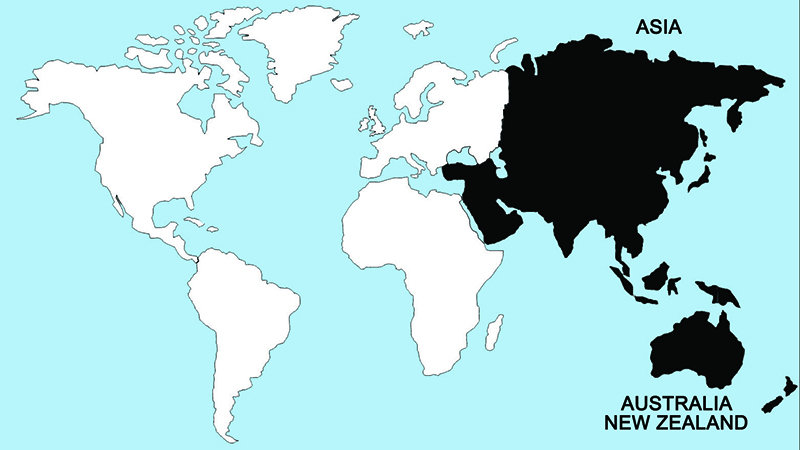White-winged Wood Duck

Tropical marshes, swamps and jungles containing pools of water are the preferred habitat of this very rare species. The birds evidently avoid moving waters, and disappear when human activities encroach on their jungle environment. Waterlogged depressions in tropical evergreen forest, especially with dead trees in the water, are often used, as are shallow wetlands in dense canebrakes and tall elephant grass jungle. There is no indication of a strong flocking tendency in these birds. Usually they are to be found in pairs or small groups, perhaps families, of 5–6 birds on small ponds. The birds spend most of the daylight hours perching in trees and toward dusk fly to rice fields, open waters, and marshes to forage at night, returning again at dawn. There are no known migrations.
Almost no nests have ever been located, but one was found in a tree standing beside a stream. The nest was in a decaying hollow at the first major branching nearly 20 feet above ground. The birds reportedly sometimes nest on the ground or on masses of branches in trees, presumably the deserted nest of another species. The probable clutch size is about ten eggs, but range from 6–13 in captivity. Probably the female performs all incubation and brood-rearing duties, judging from what is known of related species, but pair bonds are present and the male may remain with the family.

Regions Birds Are Found

Collection Location & Year
Australia
Taxonomy
| Order | Anseriformes |
|---|---|
| Family | Anatidae |
| Tribe | Cairinini |
| Species | Carina |
| Genus | scutulata |
Gender
Male
References
- Johnsgard, P. A. 1978. Ducks, Geese and Swans of the World. Lincoln, NE: Univ. of Nebraska Press.
- Elliot, A., J. del Hoyo, J. Sargatal, and C. Imboden, eds. 1992. Handbook of Birds of the World. Vol. 1 (Ostriches to Ducks). Barcelona, Spain: Lynx Editions.
- Kear, J. 2005. Ducks, Geese and Swans. London, UK: Oxford University Press.